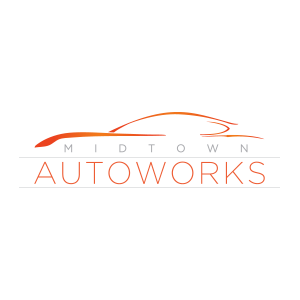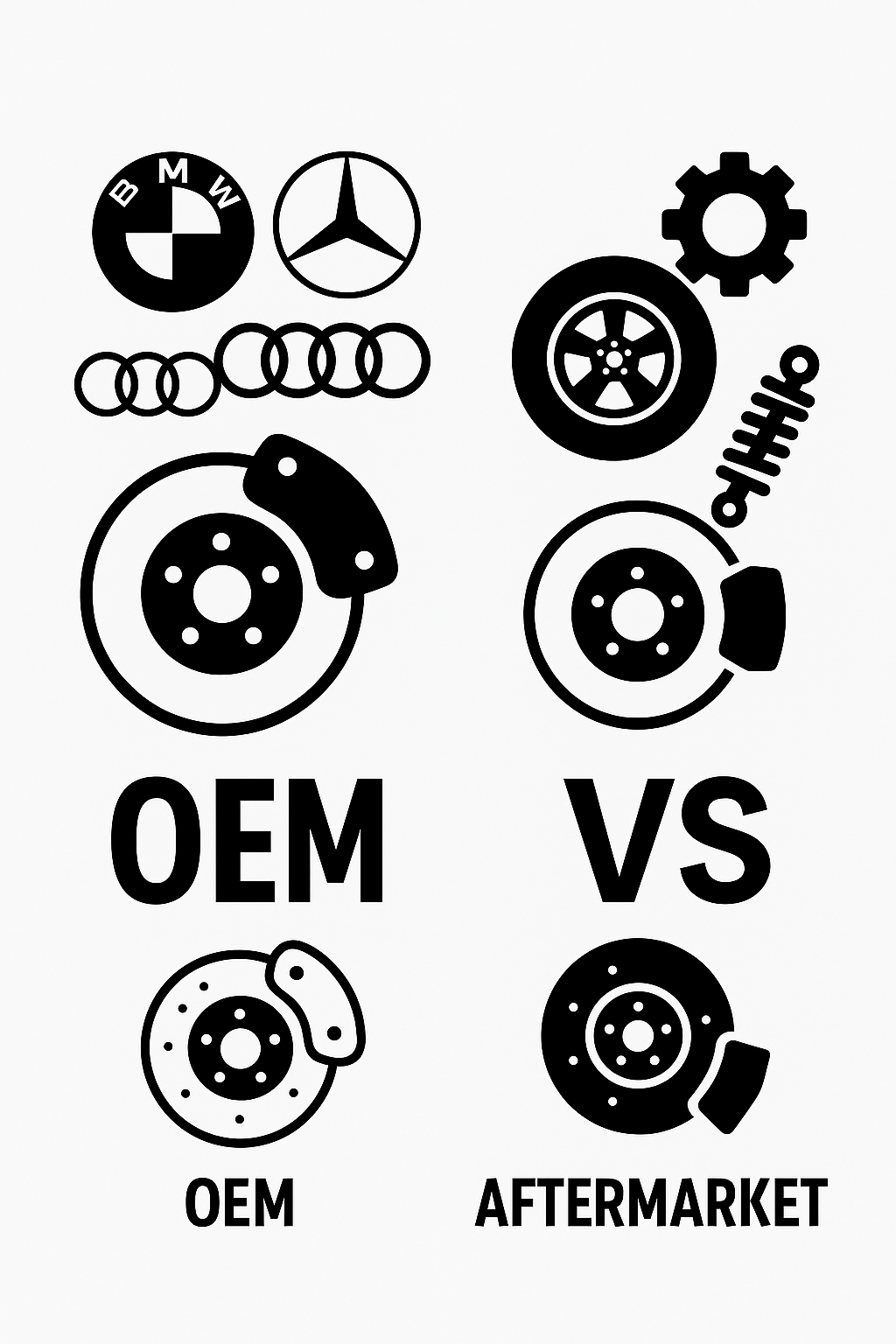OEM vs Aftermarket Parts
Mercedes and Porsche Mechanic | Midtown Auto Repair | Sacramento
When it comes to maintaining or repairing German-branded vehicles like BMW, Mercedes-Benz, Audi, or Porsche, one of the most debated choices among owners and mechanics is whether to use OEM (Original Equipment Manufacturer) parts or aftermarket alternatives. OEM parts are produced by the vehicle’s original manufacturer or an approved supplier, designed to match exact specifications and performance standards. This often translates to guaranteed fitment, reliability, and peace of mind—especially important with German cars, which are known for their precision engineering. With OEM parts, there’s also the added assurance of warranty coverage and consistency in quality, which many owners find worth the premium price.
However, this assurance comes at a cost—literally. OEM parts are typically more expensive, sometimes by a significant margin. This becomes a major factor for owners looking to maintain an aging vehicle where the repair costs may exceed the car’s actual value. In these situations, aftermarket parts become a more attractive option. Aftermarket manufacturers offer a wide range of parts that can be significantly more affordable and, in some cases, even perform better than OEM. This is especially true in categories like performance upgrades, where aftermarket brands may offer enhanced versions of standard components, such as sport-tuned suspension parts or high-performance brake systems.
That said, the quality of aftermarket parts can vary widely. Some brands produce parts that are nearly indistinguishable from OEM or even sourced from the same factories. Others, however, may cut corners, leading to poor fitment or premature failure—something particularly problematic with German cars, where even minor compatibility issues can trigger complex warning systems or electronic malfunctions. For DIY enthusiasts or small repair shops, aftermarket parts offer flexibility and broader access, but they also demand careful vetting of suppliers and brands to avoid complications.
Ultimately, the decision between OEM and aftermarket parts comes down to budget, the age of the vehicle, and how critical the repair is. For newer German cars still under warranty or for high-performance models, OEM is usually the safest bet. For older vehicles or non-essential repairs, quality aftermarket parts can provide excellent value—if chosen wisely.
P. 916.382.7700


